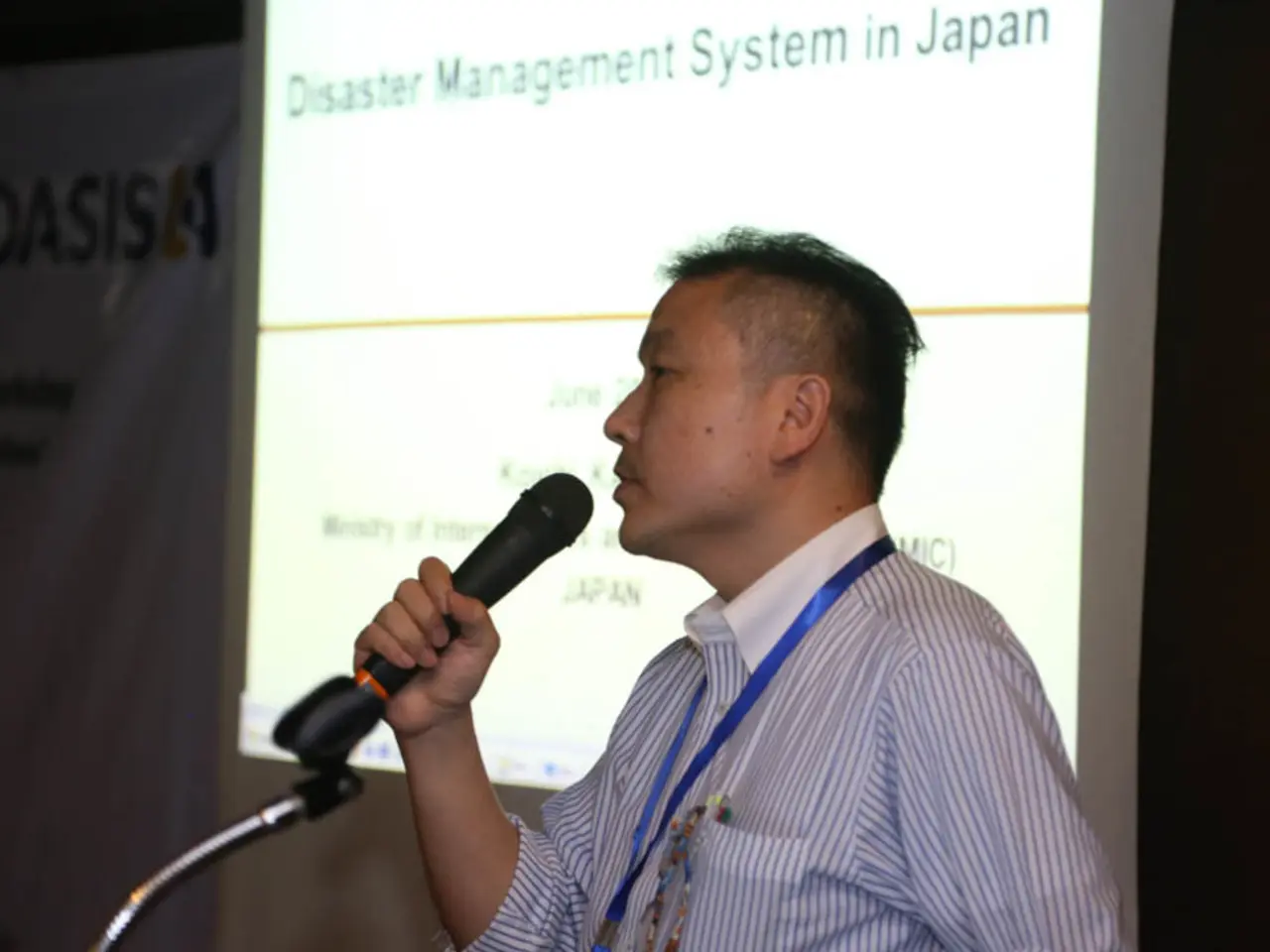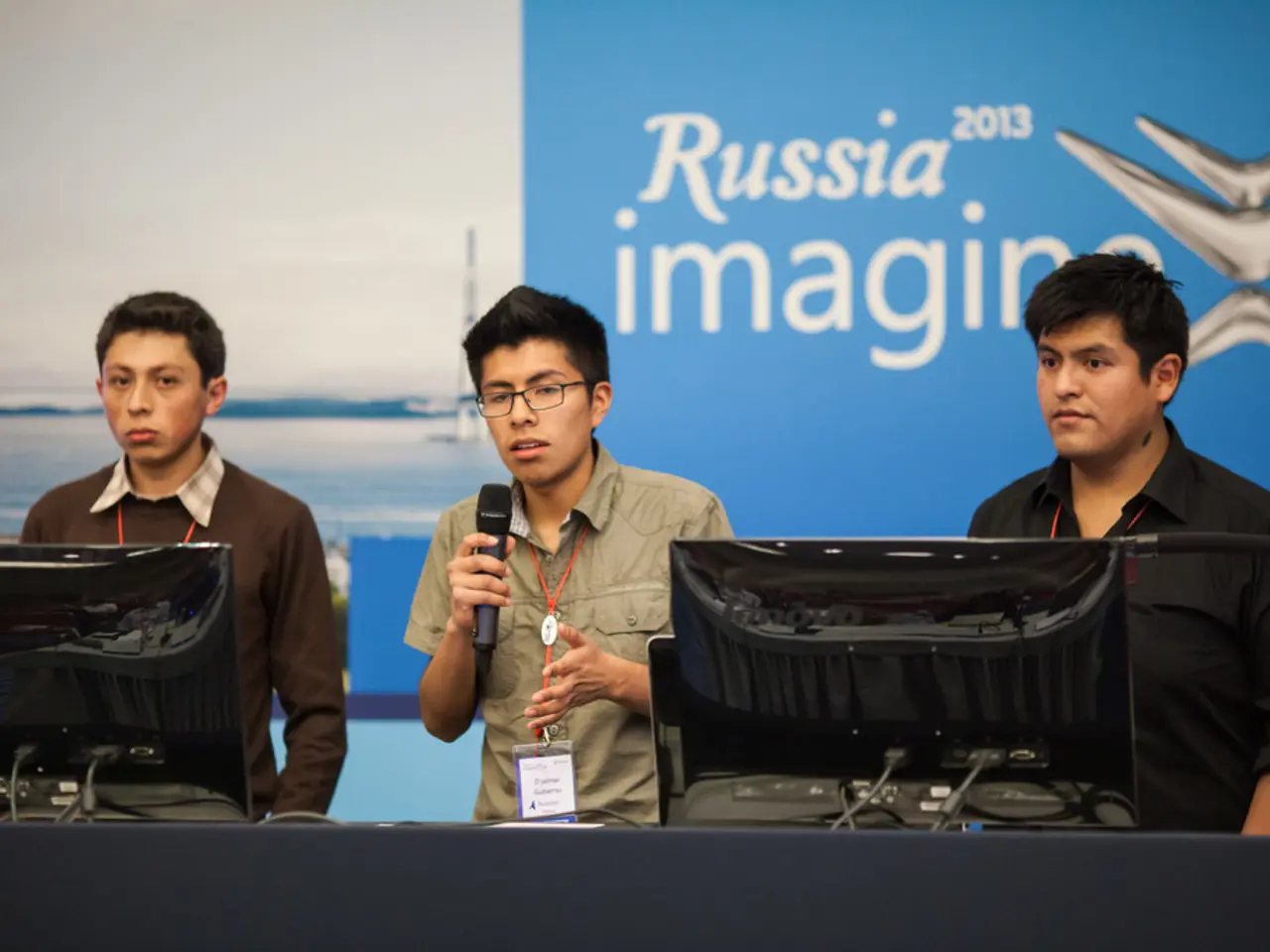Guide to Allocating Funds for Regional Adaptation of Media Projects
Media localization is a crucial step in expanding a product or content to international markets. However, it comes with its own set of costs that can significantly impact a project's budget. Here's a breakdown of the common factors influencing the costs of media localization projects and best practices to optimize these budgets.
Factors Affecting Costs
- Language Pairs Involved: More common languages tend to have lower costs due to greater availability of talent, while rare or niche languages increase costs because of limited voice actors and specialized linguists needed.
- Voice Talent Requirements: The number of voice actors, their demographics (age, tone, accent), and whether you require a narrator or full character cast significantly affect pricing. High-quality, fitting voice talent usually comes at higher rates.
- Scope and Complexity of Services: Broader and more complex projects that include multiple languages, extensive localization beyond translation (cultural adaptation, contextual adjustments), and multiple content types (video, audio, UI) increase budget requirements.
- Quality Control and Cultural Adaptation: Ensuring consistent quality and appropriate cultural nuances requires rigorous processes and expert oversight, which add to the cost.
- Project Size and Duration: Larger, ongoing projects demand more resources, coordination, and time, which raises budgets compared to smaller, one-off projects.
- Technical and Security Requirements: Use of specialized software, secure transfer of content, and compliance with data protection regulations incur additional costs.
Best Practices for Budget Optimization
- Clearly Define Project Scope and Requirements Upfront: Provide detailed briefs and expected languages to get accurate and tailored quotes, avoiding costly scope creep.
- Select Languages Strategically: Prioritize the most important target markets to avoid overextending budget on low-impact localizations.
- Use a Mix of Localization Services: Combine machine translation with human post-editing for initial drafts to reduce translator hours while maintaining quality when appropriate.
- Centralize and Reuse Assets: Leverage translation memories and reusable content segments to reduce translation and adaptation time for future projects.
- Choose Experienced Localization Vendors: Partners with proven workflows and expertise can reduce errors, rework, and turnaround times, saving costs in the long run.
- Plan for Quality Control Thoughtfully: Instead of excessive rounds of revision, establish clear quality benchmarks and train internal reviewers to streamline feedback cycles.
- Implement Technology Solutions: Use localization management software to coordinate teams, track progress, and automate repetitive tasks, optimizing resource use.
In summary, costs hinge mainly on language choices, voice talent needs, project complexity, and quality demands. Budget optimization involves precise planning, strategic language selection, use of technology, and partnership with experienced providers.
Additional Considerations
- Project Management Fees: Represent a percentage of the total project cost.
- Get Multiple Quotes: Comparing quotes from different localization providers helps understand market rates and ensure detailed quotes covering all aspects of the project.
- Use Technology Wisely: AI and machine translation tools can be used for initial drafts, but human translators should handle final reviews for accuracy and cultural relevance.
- Cultural Consulting Fees: Incurred when projects require insights on cultural nuances, sensitive topics, and localization strategies.
- Urgent Projects: Often incur rush fees.
- Bundle Services When Possible: Bundling services (translation, dubbing, subtitling) can lead to cost savings.
- Prioritize Key Markets: Focus on localizing content for markets with the highest ROI potential first, then expand to other regions gradually based on performance.
- Define Clear Project Scope and Goals: Outlining languages, content types, and specific localization needs helps avoid scope creep and unexpected costs.
- Prioritize Quality Over Speed: Allocating sufficient time for thorough translation, adaptation, and QA ensures high-quality localization.
- Longer content or complex narratives with technical jargon require more time and expertise, increasing costs.
- Centralize Your Localization Process: Working with a single provider for all localization needs streamlines communication and reduces administrative costs.
- Repurpose Existing Content: Using previously localized content where applicable reduces redundancy and costs. Consistency in terminology across projects saves time and money.
- Plan for Continuous Updates: Negotiating long-term contracts for ongoing localization needs of regularly updated content can lead to better rates.
- High-definition content, complex file formats, or interactive media may require specialized technical work, contributing to the budget.
- The more languages a project is localized into, the higher the costs.
- Allocate a Contingency Budget: Setting aside 10-15% of the total budget for unexpected costs helps manage unforeseen challenges without derailing the project.
- Quality Assurance (QA) Costs: Ensure the final product meets linguistic, technical, and cultural standards.
- In the realm of media localization, the use of AI and machine translation tools can help reduce translator hours for initial drafts, thereby contributing to cost optimization.
- Choosing experienced localization vendors with proven workflows and expertise can lead to cost savings by reducing errors, rework, and turnaround times.
- When negotiations are made for ongoing localization needs of regularly updated content, longer-term contracts may lead to better rates.
- Projects that involve high-definition content, complex file formats, or interactive media may require specialized technical work, contributing to the overall project cost.




